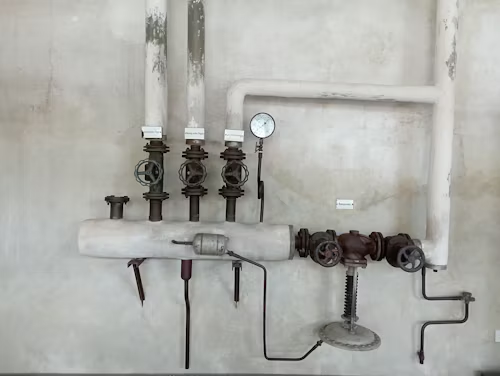Water is often a threat that many overlook when building safe and durable structures. Poor drainage can weaken foundations, erode soil, and ultimately lead to costly structural failures.
This is why agi pipe drainage is a crucial addition to include as it is designed to efficiently redirect water away from vulnerable areas. It acts as an invisible safeguard in both small-scale residential projects and large civil works. Understanding its importance is the first step civil engineers and builders must take to ensure their projects stand strong for decades.
Why Drainage Matters in Civil Construction
In any construction project, water is one of the most persistent and damaging forces to manage. When it seeps into the soil beneath a foundation, it can cause swelling, shifting, or even erosion, all of which compromise the integrity of a structure. Roads may develop potholes, retaining walls can bow under pressure, and building slabs may crack when water is not properly controlled.
This is why drainage is considered just as vital as choosing the right load-bearing materials in a project. Without a reliable system to channel water away, even the strongest materials eventually fail. Integrating effective solutions like agi pipe systems ensures that excess moisture is redirected, preserving both the stability of the ground and the longevity of the construction materials used above it.
Understanding Agi Pipe Drainage
Agi pipes (short for agricultural pipes) are flexible, perforated pipes designed to manage excess water in soil and construction sites. Their small slits or holes allow water to enter the pipe and flow away from areas where it could cause damage. They are lightweight, easy to install, and are a cost-effective alternative to heavy-duty stormwater systems. Agi pipes are commonly used in both residential and civil works.
Agi pipe drainage adapts to ground movement and uneven terrain, making it versatile for landscaping, retaining wall backfill, road construction, and building foundations. In the wider category of civil construction material, these pipes play an often-overlooked yet vital role: providing hidden protection against moisture while supporting the performance of other structural elements.
Agi Pipe Drainage as a Construction Material Choice
When selecting the right construction material for a project, the focus often falls on concrete, steel, or bricks. Yet, drainage materials are just as critical in ensuring a structure’s long-term performance. Agi pipes are increasingly recognized as a smart addition to the toolkit of civil construction material options because they actively protect these more visible elements.
By preventing waterlogging and soil erosion, agi pipe drainage extends the lifespan of foundations, pavements, and retaining walls. They are also far more cost-effective than retrofitting drainage solutions after a problem emerges. In both small residential builds and large infrastructure projects, agi pipes provide a balance of affordability, ease of installation, and reliability. For engineers and builders seeking efficiency without compromising durability, these pipes represent a proactive material choice with lasting value.
What Civil Engineers Should Prioritize
For long-lasting and safe construction, civil engineers must think ahead of the visible structure and account for the unseen forces that can undermine it. Effective water management is central to this approach. Before beginning a project, engineers should thoroughly assess soil conditions, site topography, and potential water flow patterns. Based on these findings, choosing the right civil construction material, including reliable drainage solutions, is critical.
A practical checklist includes integrating agi pipe drainage in foundation planning, backfill design, and landscaping layouts. Prioritizing these steps ensures that water is managed from the start rather than addressed after damage occurs. Adopting this mindset helps engineers prevent common failures, reduce maintenance costs, and deliver structures that remain strong and secure over time.
Conclusion
Structural failures often result from years of hidden water damage. That is why effective drainage should be viewed as a core element of every project rather than an optional extra. By incorporating agi pipe drainage, civil engineers and builders can prevent soil instability, erosion, and foundation cracks before they ever occur.
Among the multitude of options for civil construction material, agi pipes may not be the most visible, but they are among the most impactful. Prioritizing these systems ensures projects remain safe, durable, and cost-effective, protecting both infrastructure and the people who rely on it.




